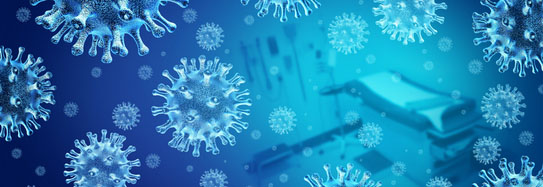Sickle cell anemia is a common inherited blood disease that causes red blood cells to form into a curved or sickle shape. This makes it hard for the blood cells to flow throughout the body, carrying oxygen and nutrients to the body tissues.
In the United States, sickle cell anemia affects mostly affects people of African descent, followed by Latinos. According to the Centers for Disease Control and Prevention (CDC), sickle cell anemia affects about 1 out of every 365 Black or African-American births and 1 out of every 16,300 Hispanic-American births. The disease affects about 100,000 people in the U.S. The average age for diagnosis is around 5 months.
Worldwide, sickle cell anemia also affects people of several other ancestries, mainly from Southern Europe, such as those from Portugal and Greece. People with the disease have a higher risk of contracting infections that, in turn, could cause sepsis.
Sepsis is a life-threatening emergency that happens when your body’s response to an infection damages vital organs and, often, causes death. Like strokes or heart attacks, sepsis is a medical emergency that requires rapid diagnosis and treatment.
Suggested Citation:
Sepsis Alliance. Sepsis and Sickle Cell Anemia. 2024. https://www.sepsis.org/sepsisand/sickle-cell-anemia/
Updated June 18, 2024.





































